
With a small population of around 100,000 souls, the north-western English city of Chester might be easy to overlook for those whose tour of Britain is just a few days long. But, for those heading north, the detour is well worth the trip. Chester was founded as a Roman fort in 79 AD, and much of the city's history and significance can be traced back to that time. Expect lots of history and plenty of photo opportunities in a city that is too often overlooked.
Our journey begins near Abbey Green at Chester's famous city walls — the most complete Roman and medieval defensive town wall system still standing in Britain today. The city walls were built around AD 70 when Chester was established as a fortress following the Roman invasion. Protecting the growing city through various sieges and battles over the centuries, these fortifications were extended and modified by the Saxons, Normans, and during the medieval period when towers and gates were added. Today, the remains of the city walls stand as a symbol of the city's history and heritage. They are a protected Grade I listed structure and have undergone various phases of restoration and preservation to maintain their integrity. Visitors can walk the full route of the city walls (approx. two miles), or you can simply explore the area around Abbey Green.


Follow the City Walls south past Kaleyard Gate until you reach Chester Cathedral. The origins of the Cathedral can be traced back to 1093, when the Benedictine Abbey of St Werburgh was founded on the site. But the structure that tourists and worshippers visit today is mostly Gothic in style, with features dating from across the centuries, from the late 1100s to the early 1500s. During these final transformations, the building was turned from an Abbey into a Cathedral following Henry VIII's dissolution of the monasteries. Tours of the Cathedral are available, including an optional white-knuckle ascent to the top of the tower. If you prefer to keep your feet on the ground, the organ and stained-glass windows alone are breathtaking.
Return to the City Walls and continue south. Before reaching the Eastgate Clock, take the exit for Foregate Street, and then take a right onto St John Street, which leads on to the Roman Amphitheatre. Built in the First Century AD, the original structure was a major site for entertainment, military training, and public events in Roman Britain. The amphitheatre had two main phases of construction. The first phase was built around 70-80 AD and could seat around 3,500 spectators. The second, larger phase was constructed in the Second Century AD, expanding its capacity to hold approximately 7,000 to 10,000 people. It was used for gladiatorial combat, animal fights, executions and religious ceremonies, as well as military training.


Enjoy a leisurely lunch in one of Pepper Street's many fine restaurants. Then, pass under The Newgate and past the Amphitheatre again as you head to Grosvenor Park to walk off your dessert. The park covers an impressive 20 acres along the banks of the River Dee. The ornamental gardens contain countless interwinding pathways, allowing you to tailor your walking distance to the time you wish to spend here. If you feel ready for a rest, find a park bench and watch the world go by.
Exit Grosvenor Park via a gate not far from the statue of Richard Grosvenor, Second Marquess of Westminster. A flight of ten steps will bring you to Grosvenor Park Terrace. From here, walk straight down the hill to the River Dee where you will find a riverside pedestrian area called The Groves. On a sunny day (even Britain does have them!), this is the perfect place to get an ice cream and enjoy the weather.


Directly from The Groves, enter The Roman Gardens. Built in 1949 by Charles Greenwood and Graham Webster, The Gardens were designed to showcase many of Chester's impressive Roman artefacts. On display here, you will find remains from the Roman bathhouse and the legionary headquarters. Informative plaques will help bring the displays to life, helping visitors to understand how the various artefacts fit together and tell their story. This again is a secluded and tranquil spot for anyone ready to sit down and take a rest from the walking.
The most direct route to the Grosvenor Museum would take us along Pepper Street and Grosvenor Street. But it would be a shame to visit Chester and not walk along the famous "Rows" - pedestrianised streets with distinctive two-tier boutique shops on either side. Head back toward the Roman Amphitheatre and then north along St John Street to the Eastgate Clock. From here, take your time as you browse along Eastgate Street and Watergate Street until you reach the main junction with Nicholas Street. On arrival, you will see The Guild (formerly Holy Trinity Church) with its unmissable tower. Follow the pedestrian signs for "Castle and Museums".


Established in 1885, The Grosvenor Museum was named after Hugh Lupus Grosvenor, the First Duke of Westminster, who was a major benefactor of the project. The museum aims to collect, preserve and interpret objects related to the natural, cultural, and social history of Chester. As well as items about the Roman settlement, expect to see items from the Civil War, as well as the Georgian and Victorian eras, plus a significant collection of silver and art. The museum is closed on Mondays and offers shortened hours on Sundays. Find more visitor information here...
If you're looking to go a bit deeper, or a bit further afield, here are some other Chester attractions that may be of interest.

Chester Zoo spans 126 acres, making it one of the largest in the UK. And, is ranked by TripAdvisor as the 3rd best zoo in the world.

St. John the Baptist's Church, located next to The Roman Amphitheatre, is a stunning church with a fascinating history.

Cheshire Military Museum tells the history of the proud Cheshire Regiment, from its creation in the 17th century to the present day.

Founded in 1539, Chester Racecourse holds the distinction of being the oldest operational racecourse in the world.
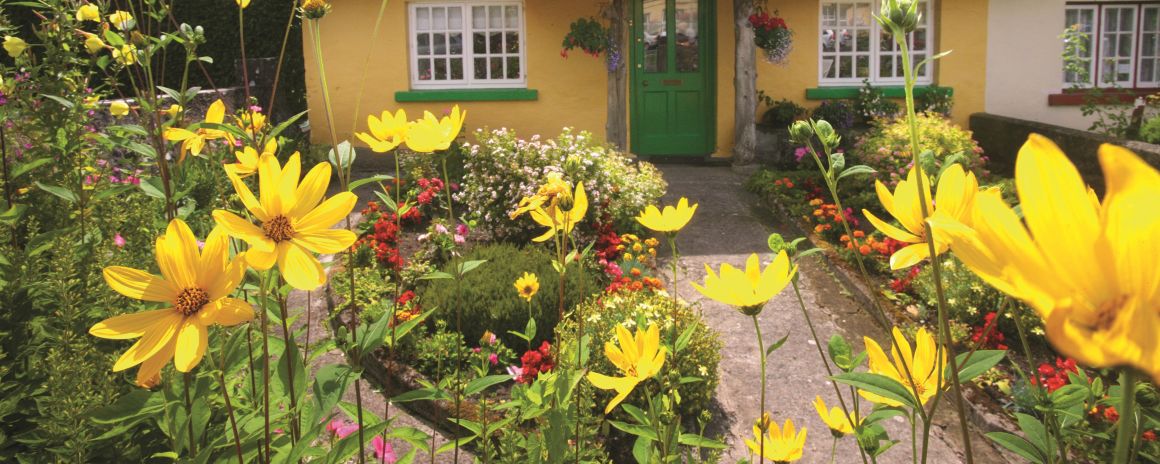
Adare is a small town in Co. Limerick, known for its quaint and colourful thatched cottages. Adare is considered to be one of Ireland's most beautiful towns so stop and take in the view. Don't forget your camera today - the perfect chance to capture the essence of old Ireland.
Explore Adare Village along the Wild Atlantic Way.

Take a journey through this once troubled city. See the murals of the Loyalist Shankill Road & Nationalist Falls Road. The Troubles took their toll on the economic life of Belfast, but the past ten years of peace have returned much prosperity while the genuine friendliness of the city never left.
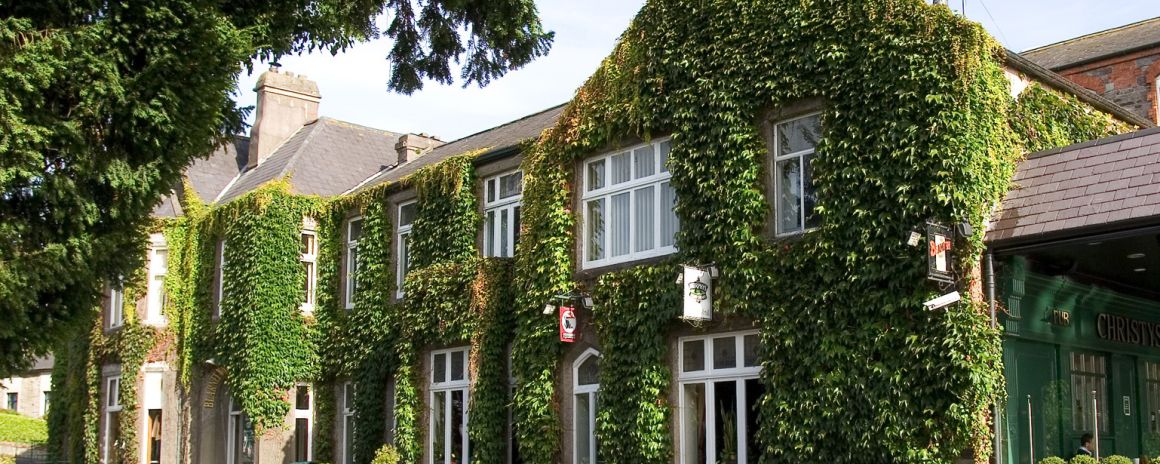
Originally built in 1823, Blarney Woollen Mills was mainly used for the spinning and weaving of wool. After it closed in 1973, it reopened in 1975 — as an Irish heritage shop.
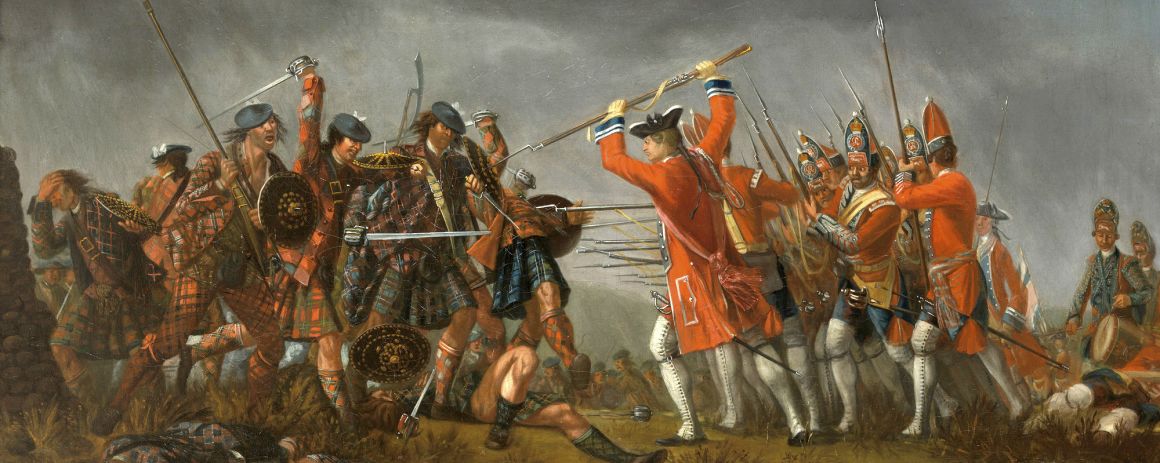
The Culloden Battlefield Visitor Centre commemorates the last pitched battle fought on British soil, in April 1746. Learn more about the Jacobite intent to overthrow the House of Hanover and return the House of Stuart to the British throne.
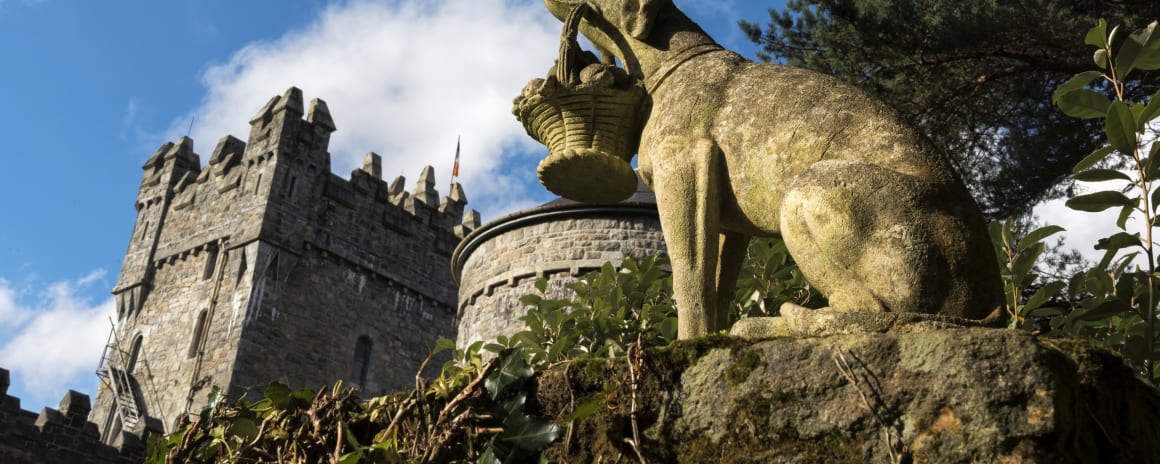
Located within Glenveagh National Park, Glenveagh Castle was built by Captain John George Adair between 1870 and 1873. Having made his fortune through land speculation in America, Adair return to Ireland and began large amounts of land in County Donegal. The castle was built in the Scottish Baronial style and is surrounded by a garden and commands stunning views of the nearby mountains, lakes, woodlands and valleys.
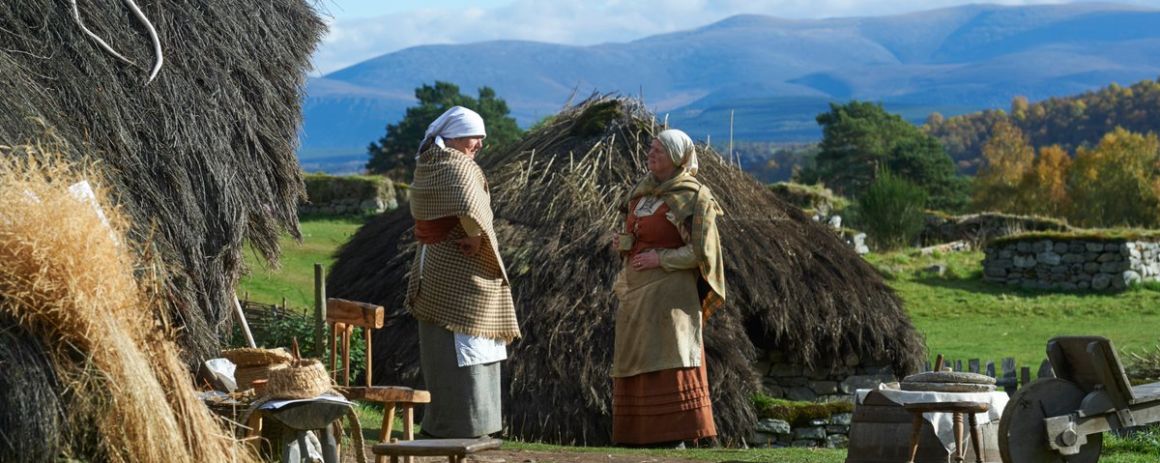
About Highland Folk Museum is a museum and open-air attraction located in the Scottish Highlands. It is designed to showcase the domestic and working lives of the early highland people.
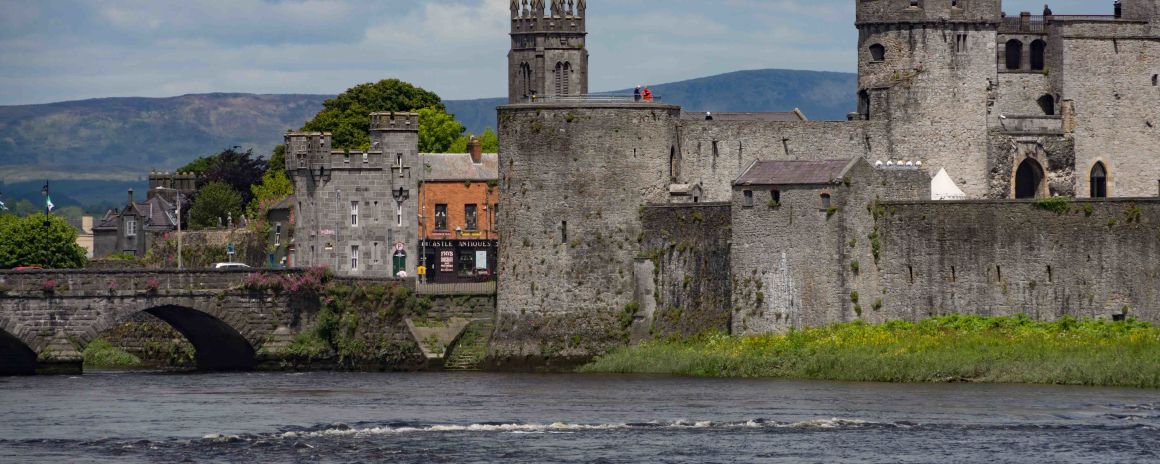
Located alongside the River Shannon in County Limerick, on King's Island. Dating back to 922, to a time when Vikings were the inhabitants of the island (Thormodr Helgason, the Viking sea-king, built the first settlement here. The castle itself was built in 1200, under the instruction of King John of England.

Located alongside the River Shannon in County Limerick, on King's Island. Dating back to 922, to a time when Vikings were the inhabitants of the island (Thormodr Helgason, the Viking sea-king, built the first settlement here. The castle itself was built in 1200, under the instruction of King John of England.
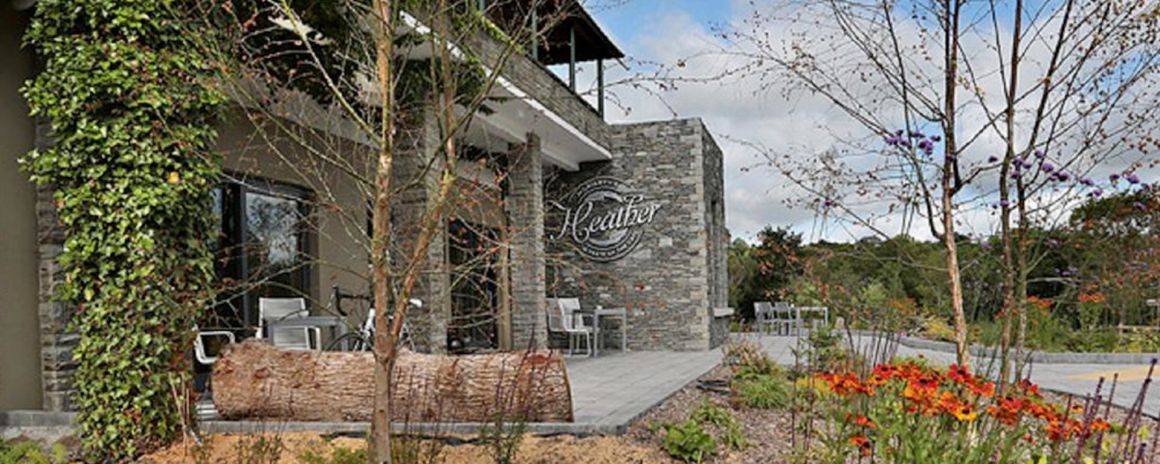
Located close to the Killarney National Park, Moriarty's is an Authentic Irish Gift Store and Restaurant. Hand crafted Irish jewellery, Waterford Crystal and classic and modern tweed fashions and furnishings are all on offer at the gift store. The restaurant is an 85 seater offering stunning views of the surrounding landscape.

Mount Congreve Gardens. Located in Kilmeaden, County Waterford, Mount Congreve Gardens is an 18th century Georgian estate and mansion. It was designed by the same architect that created both of Waterford's cathedrals, John Roberts.
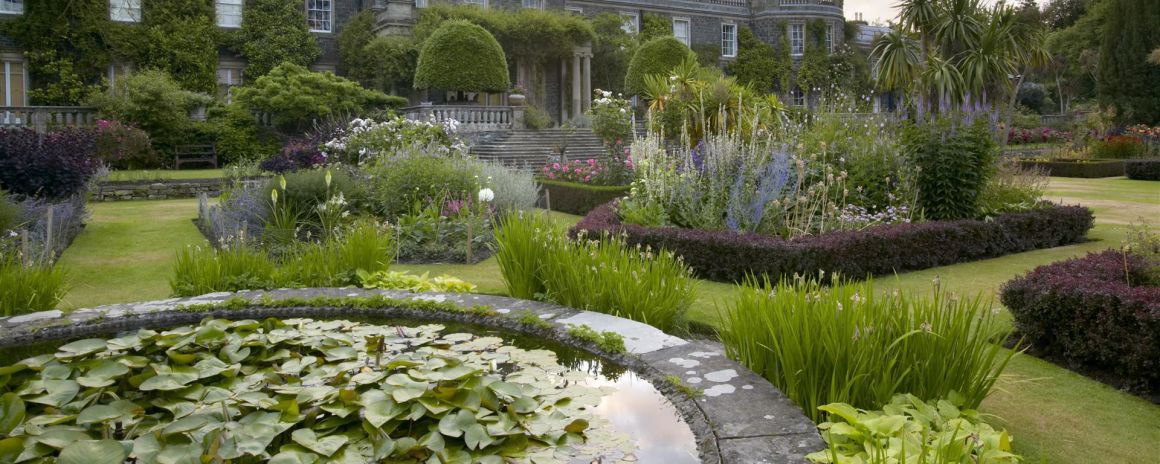
Recently recognised as being one of the top 10 gardens in the world, Mount Stewart is a rich tapestry of planting plant life and stunning walking trails. The house dates back to the 19th century, and was the Irish seat of the Vane-Tempest-Stewart family.
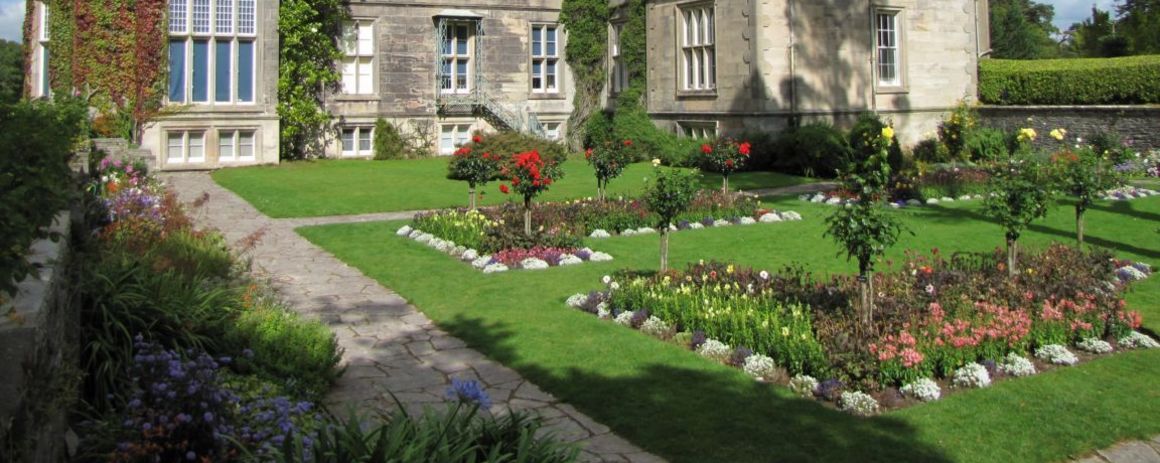
Located on the grounds of the expansive and idyllic Killarney National Park. Muckross House, and its 11,000-acre grounds, was donated to the Irish state in 1932.

Located on the grounds of the picturesque Muckross House and its impeccable gardens. Take a step back in time and see the Irish farming lifestyle of the 1930s and '40s. A time when the horse was responsible for much of the labour and the weather was the be all and end all in terms of production.
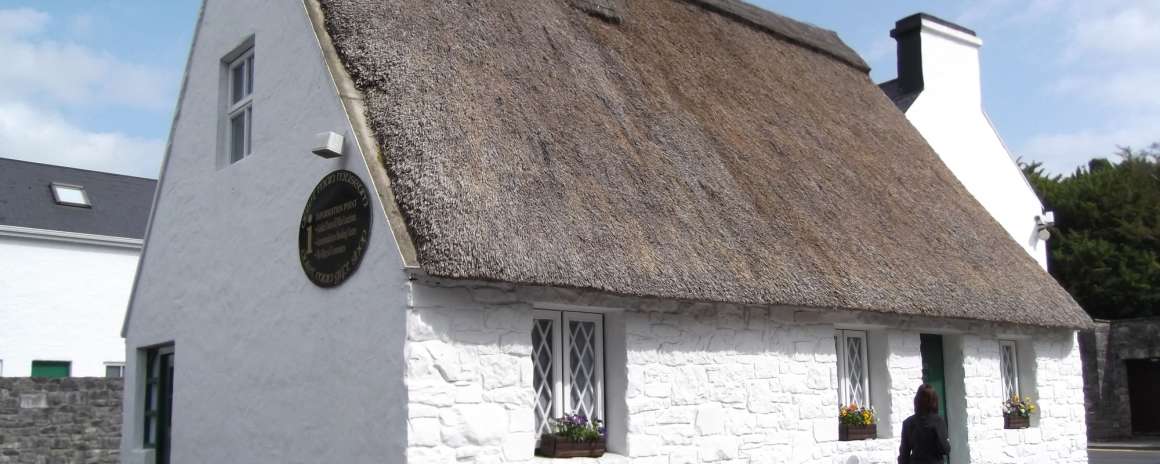
The Quiet Man Museum. A reproduction of the quaint thatched cottage from the John Wayne starring, John Ford directed movie of the same name. all costumes, artefacts and furnishings have been recreated in precise detail, to reflect the setting of the 1952 classic. Located in the picturesque village of Cong, County Mayo.